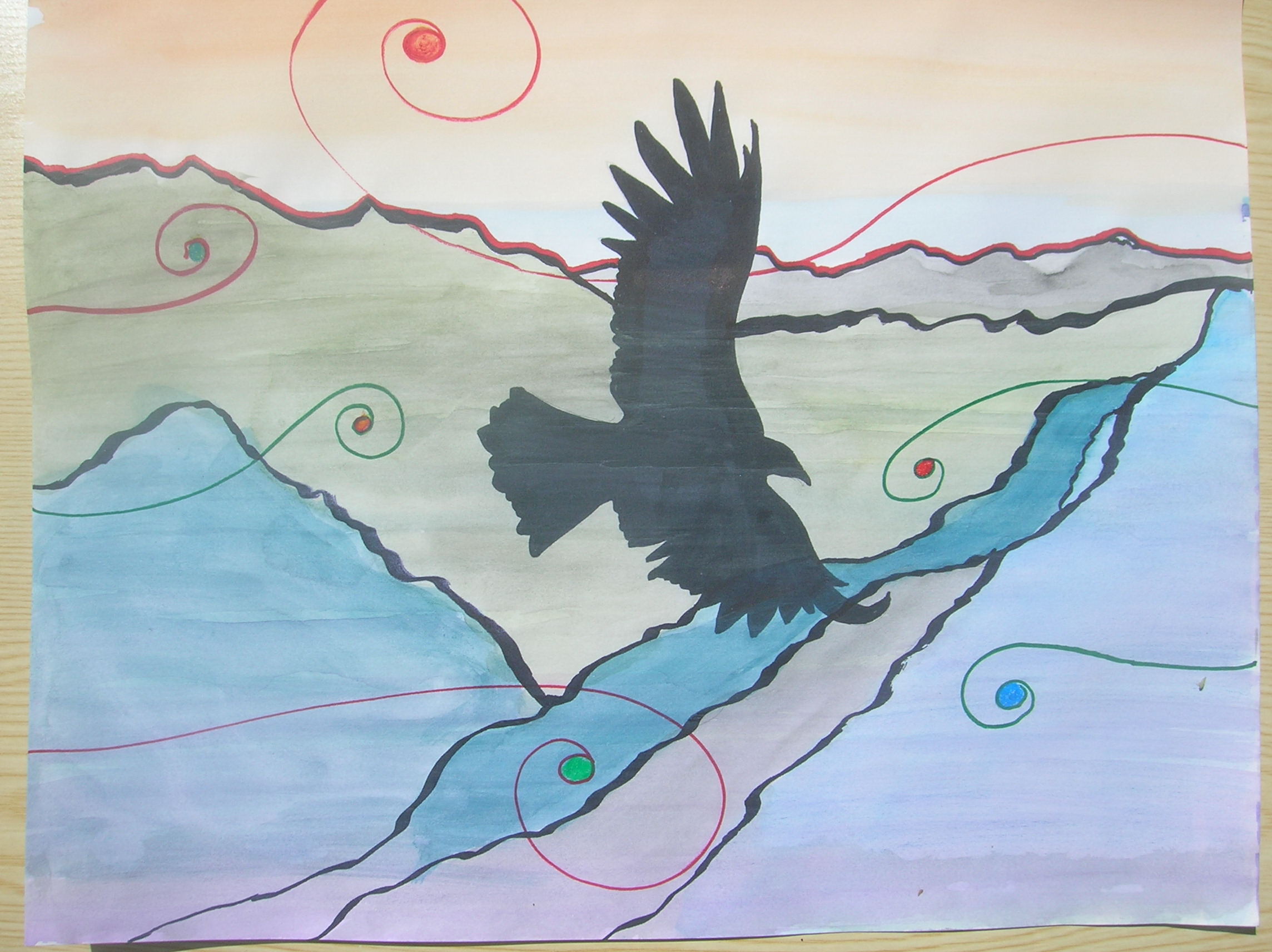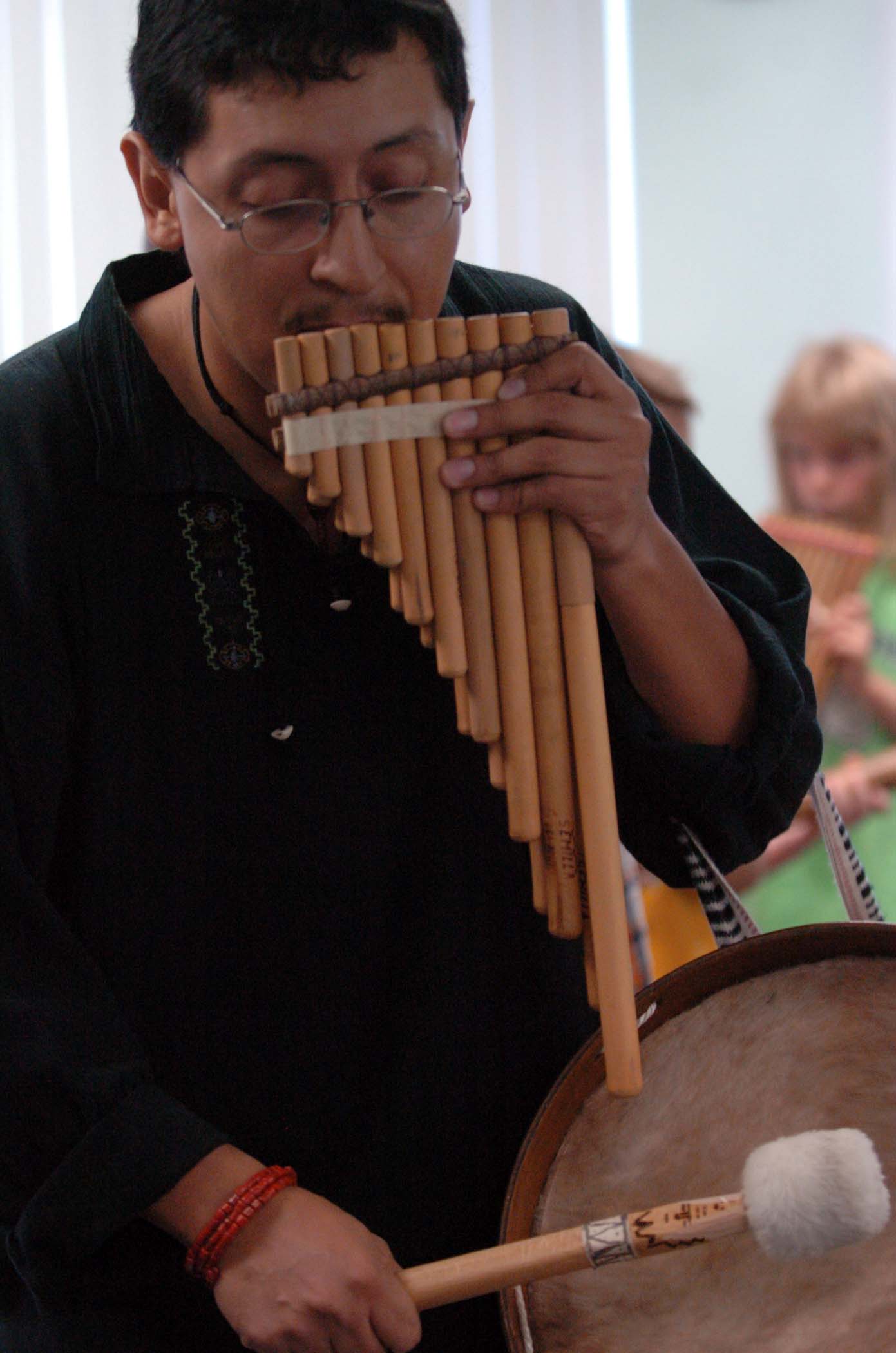|
Sounds Of The Andes |
|
|
|
|||||||||||||
|
The Andes is the world's longest exposed mountain range, the longest being the underwater Ocean Ridge.[1]. It forms a continuous
chain of highland along the western coast of South America. It is over 7,000 km (4,400 miles) long, 500 km (300 miles) wide
in some parts (widest between 18° to 20°S latitude), and of an average height of about 4,000 m (13,000 ft).
The musical tradition of the Andes are still alive inspite of over five hundred years of Spanish colonialism. Some of he ancient ways remain intact. Yet others have merged with those brought by the Spanish conquest. The Music The musical traditions of the Andes can be, in general terms, categorized in three styles: Pre-Columbian, mestizo, and contemporary. |
|
||||||||||||
|
Please get in touch with any comments or reactions to my site.
|
|||||||||||||


